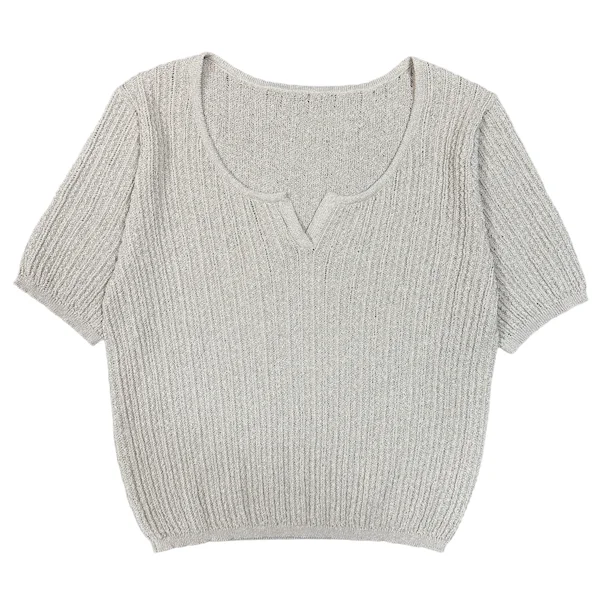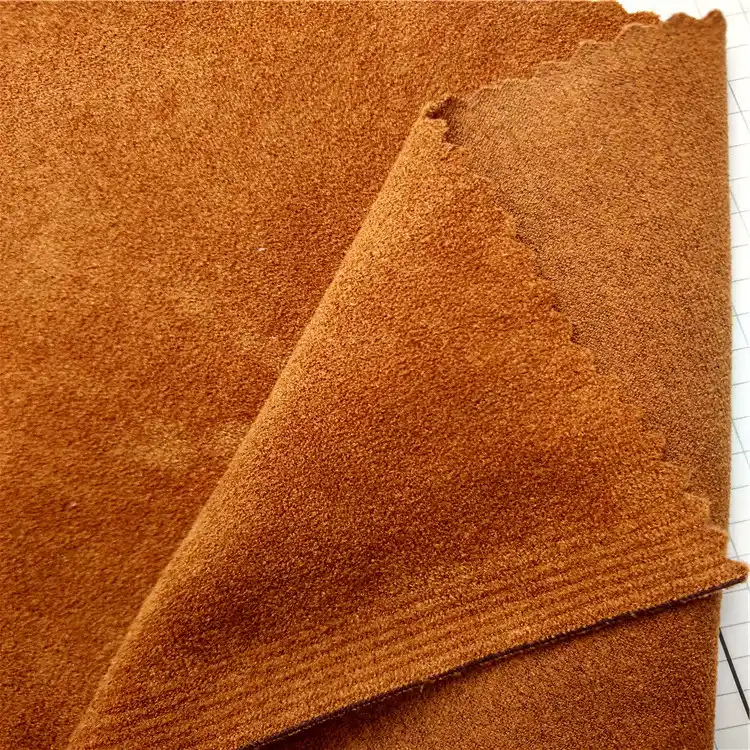In an era where sustainability and eco-consciousness are at the forefront of consumer choices, the demand for natural fiber fabrics has surged. These materials not only offer a plethora of benefits, including breathability, comfort, and biodegradability, but they also contribute to a more sustainable fashion industry. In this comprehensive guide, we will explore the best natural fiber fabrics, their unique properties, and how they can enhance your wardrobe while being kind to the planet.
Understanding Natural Fibers
Natural fibers are derived from plants, animals, or minerals, and they are biodegradable, making them an environmentally friendly choice compared to synthetic fibers. The primary categories of natural fibers include:
- Plant-based Fibers: These are derived from various parts of plants, including seeds, stems, and leaves.
- Animal-based Fibers: Sourced from the hair, fur, or secretions of animals.
- Mineral-based Fibers: Although less common, these include materials like asbestos.
Top Natural Fiber Fabrics
- Cotton
Properties: Cotton is one of the most widely used natural fibers, known for its softness, breathability, and versatility. It is hypoallergenic and can absorb moisture, making it ideal for warm climates.
Sustainability: Organic cotton is grown without synthetic pesticides or fertilizers, reducing environmental impact. Look for certifications like GOTS (Global Organic Textile Standard) to ensure sustainable practices.
Uses: From casual wear to high-end fashion, cotton is a staple in every wardrobe. It is also commonly used in home textiles like bed linens and towels.
- Linen
Properties: Linen, made from the flax plant, is known for its strength and durability. It has a natural luster and becomes softer with each wash. Linen is highly breathable and has excellent moisture-wicking properties.
Sustainability: Flax requires fewer resources to grow compared to cotton, making linen a more sustainable option. It is biodegradable and can be composted at the end of its life cycle.
Uses: Linen is often used in summer clothing, tablecloths, and home décor items due to its elegant drape and texture.
- Hemp
Properties: Hemp is one of the strongest natural fibers, offering durability and resistance to mold and UV light. It has a coarse texture that softens over time, becoming more comfortable with wear.
Sustainability: Hemp grows quickly and requires minimal water and pesticides, making it an eco-friendly choice. It also enriches the soil, promoting sustainable farming practices.
Uses: Hemp is used in a variety of applications, including clothing, accessories, and even biodegradable plastics.
- Wool
Properties: Wool is a versatile fiber known for its insulation properties, making it ideal for colder climates. It is naturally elastic, resilient, and moisture-wicking, helping to regulate body temperature.
Sustainability: When sourced responsibly, wool can be a sustainable option. Look for ethically sourced wool, such as Merino or organic wool, to ensure animal welfare.
Uses: Wool is commonly used in sweaters, coats, and blankets, providing warmth and comfort.
- Silk
Properties: Silk is a luxurious natural fiber known for its smooth texture and sheen. It is lightweight, breathable, and has a natural temperature-regulating ability.
Sustainability: While traditional silk production can be resource-intensive, there are sustainable options available, such as peace silk, which allows silkworms to complete their life cycle before harvesting.
Uses: Silk is often used in high-end fashion, lingerie, and accessories, adding a touch of elegance to any outfit.
Choosing the Right Natural Fiber Fabric
When selecting natural fiber fabrics, consider the following factors:
- Purpose: Determine the intended use of the fabric. For example, lightweight cotton or linen is ideal for summer wear, while wool is better suited for winter garments.
- Care: Different natural fibers require varying levels of care. Wool may need special washing instructions, while cotton is generally machine washable.
- Sustainability: Look for certifications and labels that indicate sustainable practices, such as organic or fair trade.
Conclusion
Natural fiber fabrics are not only a stylish choice but also a responsible one. By opting for materials like cotton, linen, hemp, wool, and silk, you can contribute to a more sustainable fashion industry while enjoying the unique properties each fiber offers. As consumers become increasingly aware of their environmental impact, the shift towards natural fibers is not just a trend but a movement towards a more sustainable future. Embrace the beauty of nature in your wardrobe and make informed choices that benefit both you and the planet.



